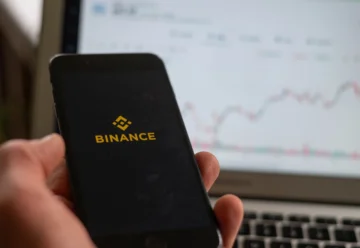BTC Mining Could Become Completely Carbon Neutral
Bitcoin could have a zero-emission footprint as flare gas and other alternative energy sources for BTC mining reduces Bitcoin’s carbon footprint.
A study by Daniel Batten, CEO of Geneious, an eco-activist and Bitcoin ESG analyst, based on data from Bitcoin Mining Council (BMC) found that the network could potentially have zero emissions.
Quantifying data from BMC allowed Batten to conclude that carbon negative sources power 1.74% of the Bitcoin network. However, this small percentage of miners positively impacts the “carbon intensity of the network,” reducing it by 4.2%.
According to BMC, as of June 2022, the global balance of green energy use for BTC mining is about 58%. Batten says these are carbon neutral sources. Combining the carbon neutral (4%) and carbon negative portions means that the Bitcoin network uses 62% zero-emission energy.
Thus, Daniel Batten’s research proves that using carbon negative energy sources for BTC mining will enable the network to become completely carbon neutral in the future.
The study relied on data from various mining farms using flare gas to mine BTC: Crusoe Energy and Jai Energy in the United States and Arthur Mining in Brazil. By the way, the technology of the mining corporation Crusoe Energy (Colorado, USA) reduces methane emissions by 99.8%. The company uses flare gas to mine BTC, “converting methane to computing power.”
Notably, Batten previously argued that BTC mining could prevent global warming by 0.15% by 2045 because miners’ use of flare gas reduces global CO2 emissions by 5.32%. By the way, Dell recently launched a global environmental initiative based on blockchain to track its carbon footprint in real time.
Batten’s study also mentioned other alternative energy sources for BTC mining. For example, agricultural waste or animal wastes. Batten claims that organic farms such as AmityAge Mining Farm, Scilling Digital Mining, and Biomining reduce the network’s carbon intensity by 0.25%.
Governments around the world have been increasingly critical of the Bitcoin network, pointing to the energy intensity of BTC mining. However, an analyst at Valuechain recently proved that the traditional banking system uses 56 times more energy than BTC.











